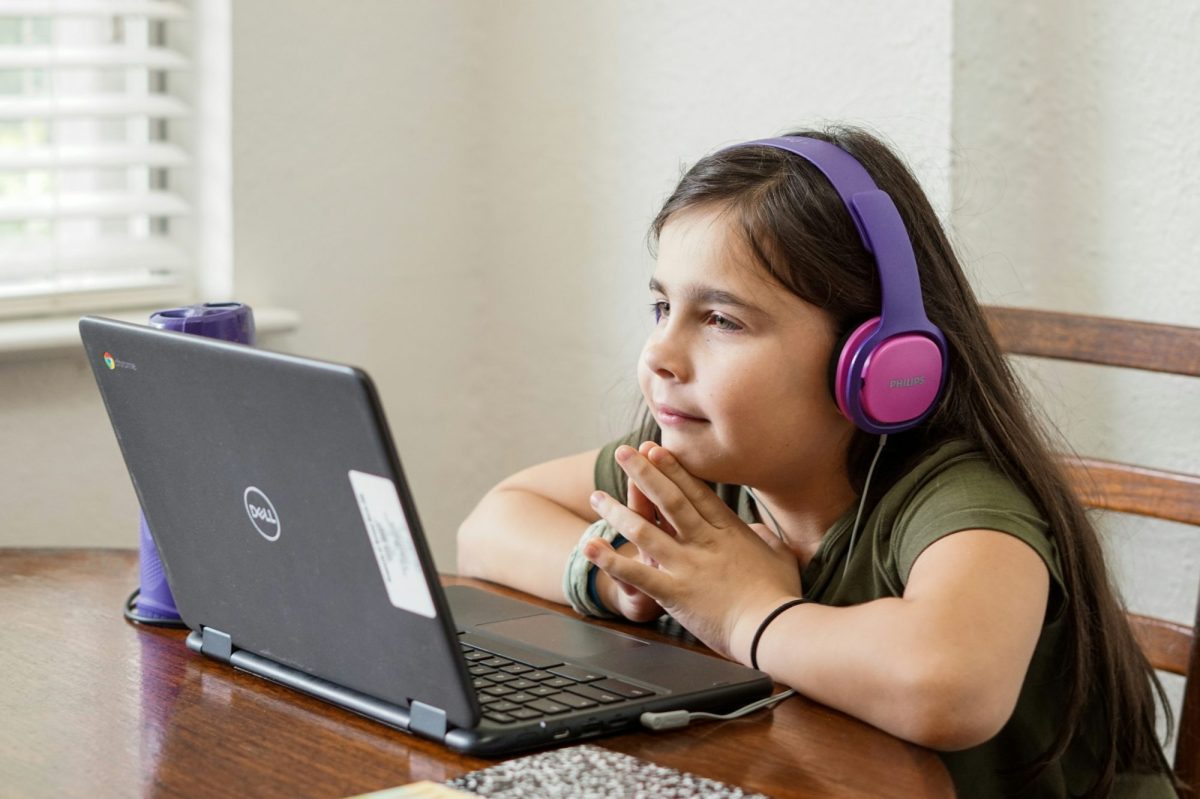Jessica Balanzategui, RMIT University; Djoymi Baker, RMIT University, and Georgia Clift, Swinburne University of Technology
It has been almost ten years since Netflix and Stan first started offering streaming services in Australia.
This has been a decade of transformation for our local screen industries – and the implications for younger audiences in particular can’t be underestimated. For today’s children, streaming and watching television ‘on-demand’ are the norm.
We’re now at a crossroads, on the cusp of the second decade of streaming in Australia. Earlier this year, a parliamentary inquiry interrogating commercial arrangements between US-based global streaming services such as Netflix and YouTube and television manufacturers resulted in changes to the way internet-connected smart TV devices are regulated.
These changes are designed to ensure Australian providers such as ABC, SBS and commercial networks are available and easy to find on smart TV interfaces.
In other areas, however, the government’s promises have not resulted in policy action.
The government previously committed to introducing a quota or expenditure system to ensure a certain amount of local content was available on subscription-video-on-demand (SVOD) services by July 2024. But July has come and gone with no developments, despite calls for urgent action from the screen industry. An upcoming summit and conference will also explore the issue.
Although the Australian government has recognised that the local children’s content sector in particular requires targeted solutions, the only policy change so far has been the removal of quotas for this content on commercial broadcasters. This resulted in a decrease of more than 84% in hours screened on commercial broadcasters between 2019 and 2022.
There is currently no concrete requirement for any broadcaster or streamer in Australia to screen a certain amount of local kids’ content.
Do Aussie kids access local content?
While there has been much anxiety about the reduction in local children’s content production, there has been little focus on whether children are actually able to access the local content available to them on streaming platforms.
Our audience research with children aged seven to nine found content ‘discoverability’ should be regarded as a pressing policy priority.
We interviewed 37 children and their parents, and observed children using streaming platforms to select and watch the content of their choice. We also observed the children watching with their parents to see how parental coviewing might influence children’s choices.
Among other things, we found:
- Netflix and YouTube were by far the most popular platform choices among our participants.
- only 17% of kids gravitated to Australian content while streaming independently.
- only 9% gravitated to Australian content while watching with their parents. In tandem with our interviews, this suggests parents are not necessarily encouraging children to watch local content.
The Americanisation of TV in Australia
The children in our study explained how a diet of mainly US content impacted them. One nine-year-old girl told us:
[I wish there was more Australian stuff] because sometimes I wouldn’t know what they’re talking about because they would say something a different way than how Australians would say it and then it would kind of get me confused and I would have to go on Google or something.
Consider also the following conversation with a different child:
Researcher: Do you wish there were more Australian shows on the streaming platforms?
Nine-year-old girl: Yeah because most of them are like, American, and when I was six or seven I would just watch all the American stuff. And then I started to say ‘diaper’ and then my Dad kept correcting me. […] They would say ‘gas station’ instead of ‘petrol station’ and stuff like that.
Children were also often confused about what Australian content was. They struggled to identify it across various streaming platforms, unless the images in front of them had stereotypical images of Australiana such as kangaroos or the outback.
Researcher: Do you like watching Australian TV shows?
Seven-year-old girl: I don’t even know what the Australian TV shows are.
Researcher: How would you know if something was Australian?
Seven-year-old girl I don’t know.
The ABC’s platforms were the third most popular choice among the children, and were often associated with Australian content. This highlights the important cultural role the ABC plays in providing children access to local content.
Researcher: And which streaming platform is the easiest to use?
Nine-year-old girl: Probably ABC ME. Because its mainly all Australian, and only a few of them aren’t – and you know that if you just scroll a little bit, you’re gonna find a good kids’ show.
Netflix and YouTube set kids’ expectations
Our young participants valued the interfaces and algorithmic personalisation of Netflix and YouTube, but didn’t understand how these may be shaping their content choices and habits (or narrowing their access to Australian content).
The children often assumed the content they watched across Netflix and YouTube was American. In some cases, even when their favourite shows were Australian, they assumed they must be American.
Eight-year-old boy: I watch a lot of American. […] I do like American shows a lot, but not really Australian shows.
Researcher: But what about Little Lunch and InBESTigators? [two shows the child had previously identified as favourites].
Eight-year-old boy: Little Lunch is definitely American.
Researcher: No, that one’s an Australian show!
Eight-year-old boy: [Physically recoils. Shocked pause] Well… InBESTigators is American!
Researcher: InBESTigators is Australian too!
Eight-year-old boy: [Shocked pause] WHAT!?
Supporting access to Australian content
Our research shows the issues surrounding Australian kids’ TV go deeper than a reduction in production. Children also need to be able to find the Australian content available to them on streaming platforms, which requires changes to the way this content is labelled and displayed.
Australian content helps children understand and reflect on their place in local culture. If children don’t develop appetites for this content at a young age, they may never seek it out as they grow into teenagers and adults – so the implications for our culture now and into the future are potentially significant.
Jessica Balanzategui, Associate Professor in Media, RMIT University; Djoymi Baker, Lecturer in Media and Cinema Studies, RMIT University, and Georgia Clift, Developmental Psychology Researcher, Swinburne University of Technology
This article is republished from The Conversation under a Creative Commons license. Read the original article.





